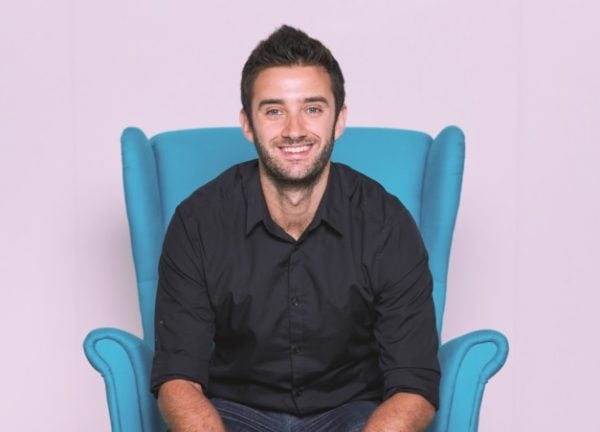
Insanity is doing the same thing over and over again and expecting different results,” Einstein is often claimed to have said.
Few would argue that he was one of the most significant scientific geniuses of the 20th century and his theories helped scientists across the world break through barriers in understanding the world and universe around us. So why then does the media industry across the globe seem intent on ignoring these famous words?
Across the world, planners and clients often leave post-campaign analysis meetings having discussed results that failed to lift performance, only to work on the next brief with bigger objectives, the same creative assets, the same channels and a smaller budget. Einstein would probably agree that running these short, standard campaigns again and again is not the best way to future-proof or advance a business. Dr Michael Bloomfield, creativity expert and anthropologist, says: “Doing ‘quality work’ is no longer enough in ‘creative’ industries such as media because that’s increasingly standard. True creativity in the information age requires the injection of something bigger than new, something surprising or counterintuitive.” Expecting that very similar campaigns across the same three or four channels with only a slight tweak in messaging will suddenly produce seismic shifts in business metrics certainly conforms to the definition of insanity. That is not to say that these core channels are inconsequential to businesses. They are indeed hugely important. However, to continue to focus solely on these executions and fail to invest in the ever-evolving digital and tech world is short-term thinking at best or, at worst, damaging to the brand.
The responsibility for this does not solely rest on the client. Far from it. As the media agency, it is our responsibility to guide our clients in re-imagining the future and breaking the repetitive cycle with innovation. As a trusted business partner, we must help them look wider and deeper, to ensure our understanding of their business challenges is the sharpest to provide an effective and fully informed solution. If a brand is struggling for awareness, then is a small regional banner campaign for one specific product really going to transform its fortunes?
We all know that the way consumers think and behave has shifted drastically and brands must, now, more than ever, constantly evolve to keep themselves as relevant as possible. Few could have foreseen the huge shift in the way we go about shopping, ordering a taxi or getting our lunch. It is therefore essential that brands keep up with these trends and technologies to play a significant part in people’s lives.
While many brands prefer to play it safe in the face of this rapid transformation, this strategy can be dangerous if it becomes the default setting. Digitally advanced consumers move on to the next big thing at the flick of a thumb, so remaining in this safe, same-old comfort zone for too long can lead to oblivion. Millennials have named Netflix as the ‘coolest brand’, validating the risk the company took in investing in original content and technology infrastructure when it could have played it safe.
At PHD, we’ve been investing in ways to embrace big-picture thinking when it comes to our clients’ briefs. This is an essential step to ensure our strategies stay relevant in the market and realise their full potential. In this data-heavy, technology-focused world, what marketers need is more consultancy-based services beyond media to capitalise on the prevalent market dynamics and take the wisest investment decisions.
Sprinkling a bit of data here or adding a splash of technology there, one campaign at a time, isn’t doing justice to the powerful advances we’re seeing. Shifting our approach from activation-focused to consultancy-driven, at PHD technology is used not just because we can but with the ambition to meet and exceed our clients’ business goals. This often means we deploy wrap-around data and tech solutions with the aim of truly benefitting the entire business. This infrastructure is designed for the long term to produce maximum returns for our clients over time.
We’ve experienced this first-hand. From the application of neuroscience into media planning, to the gamification of the planning process, we’ve never stopped re-imagining and upgrading the technology, data and science behind the way we work. Source, which combines cutting-edge thinking from marketing and social sciences with advanced data and optimisation systems, is today part of our proprietary, people-based precision marketing and insights platform.
To avoid sinking into insanity, together we must break away from campaign-to-campaign thinking and embrace a new relationship, driven less by the planning and execution of a marketing calendar and more by accountable solutions that deliver true business results. The brief must become a mind-expanding substance. By considering factors that affect their clients’ business success beyond paid advertising, agencies will be able to truly future-proof strategies and realise all growth opportunities. With this unbridled thinking, we can all reach greater heights.









